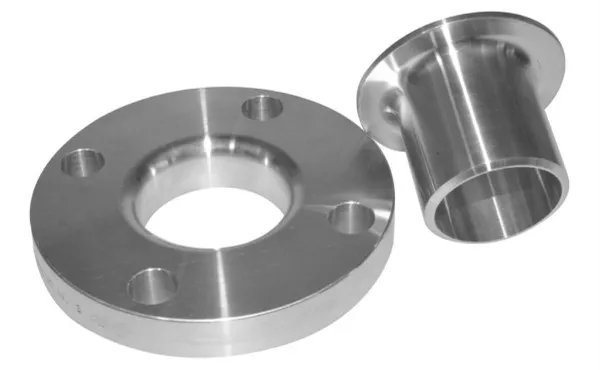-
Cangzhou Yulong Steel Co., Ltd.
-
Phone:
+86 13303177267 -
Email:
admin@ylsteelfittings.com
- English
- Arabic
- Italian
- Spanish
- Portuguese
- German
- kazakh
- Persian
- Greek
- French
- Russian
- Polish
- Thai
- Indonesian
- Vietnamese
- Zulu
- Korean
- Uzbek
- Hindi
- Serbian
- Malay
- Ukrainian
- Gujarati
- Haitian Creole
- hausa
- hawaiian
- Hebrew
- Miao
- Hungarian
- Icelandic
- igbo
- irish
- Japanese
- Javanese
- Kannada
- Khmer
- Rwandese
- Afrikaans
- Albanian
- Amharic
- Armenian
- Azerbaijani
- Basque
- Belarusian
- Bengali
- Bosnian
- Bulgarian
- Catalan
- Cebuano
- China
- China (Taiwan)
- Corsican
- Croatian
- Czech
- Danish
- Esperanto
- Estonian
- Finnish
- Frisian
- Galician
- Georgian
- Kurdish
- Kyrgyz
- Lao
- Latin
- Latvian
- Lithuanian
- Luxembourgish
- Macedonian
- Malgashi
- Malayalam
- Maltese
- Maori
- Marathi
- Mongolian
- Myanmar
- Nepali
- Norwegian
- Norwegian
- Occitan
- Pashto
- Dutch
- Punjabi
- Romanian
- Samoan
- Scottish Gaelic
- Sesotho
- Shona
- Sindhi
- Sinhala
- Slovak
- Slovenian
- Somali
- Sundanese
- Swahili
- Swedish
- Tagalog
- Tajik
- Tamil
- Tatar
- Telugu
- Turkish
- Turkmen
- Urdu
- Uighur
- Welsh
- Bantu
- Yiddish
- Yoruba

Sep . 11, 2024 01:31 Back to list
weld end cap
Understanding Weld End Caps An Essential Component in Piping Systems
Weld end caps are crucial components in piping systems across various industries, including oil and gas, chemical processing, and water treatment. These caps are designed to seal the open ends of pipes, preventing the leakage of fluids and gases. Their robust construction and reliability make them an essential choice for maintaining the integrity of pipeline systems.
A weld end cap typically consists of a solid piece of material, often made from carbon steel, stainless steel, or other alloys, that is formed into a cylindrical shape with a closed end. This design allows for a strong and secure connection when welded to the end of a pipe. The welding process itself is vital, as it creates a bond that ensures the cap can withstand high pressures and varying temperatures, which are common in many operational environments.
One of the primary advantages of using weld end caps is their ability to provide a leak-proof seal
. In industries where maintaining the purity of fluids is critical, such as food and beverage production or pharmaceutical manufacturing, the integrity of the piping system is paramount. Welded connections minimize the risk of leaks that could lead to contamination or loss of material. Moreover, these caps can handle both high-pressure and high-temperature conditions, making them versatile for a wide range of applications.weld end cap

In addition to their practical benefits, weld end caps can also contribute to the overall efficiency of a piping system. By effectively sealing the ends of pipes, they can facilitate better flow dynamics within the system. This is particularly important in systems where maintaining pressure is necessary for optimal performance. Furthermore, reducing the need for additional fittings or joints can streamline the installation process and decrease the potential for future maintenance issues.
When selecting weld end caps for a project, several factors must be considered. The material compatibility with the fluid or gas being transported is crucial to prevent corrosion or degradation over time. Additionally, the size and thickness of the cap should match the specifications of the pipe to ensure a proper fit and effective seal. It’s also important to follow industry code standards and regulations, which can dictate the types of materials and welding methods that must be used.
In conclusion, weld end caps are vital components in ensuring the safety, efficiency, and reliability of piping systems. Their ability to provide a leak-proof seal, withstand high pressures and temperatures, and optimize flow dynamics makes them a preferred choice in various industrial applications. Proper selection and installation of these caps can lead to enhanced system performance and longevity, underscoring their importance in modern engineering practices. Whether in a manufacturing plant or an oil refinery, weld end caps remain an indispensable part of effective pipeline management.
Latest news
-
ANSI 150P SS304 SO FLANGE
NewsFeb.14,2025
-
ASTM A333GR6 STEEL PIPE
NewsJan.20,2025
-
ANSI B16.5 WELDING NECK FLANGE
NewsJan.15,2026
-
ANSI B16.5 SLIP-ON FLANGE
NewsApr.19,2024
-
SABS 1123 FLANGE
NewsJan.15,2025
-
DIN86044 PLATE FLANGE
NewsApr.19,2024
-
DIN2527 BLIND FLANGE
NewsApr.12,2024
-
JIS B2311 Butt-Welding Fittings LR/SR 45°/90° /180°Seamless/Weld
NewsApr.23,2024











